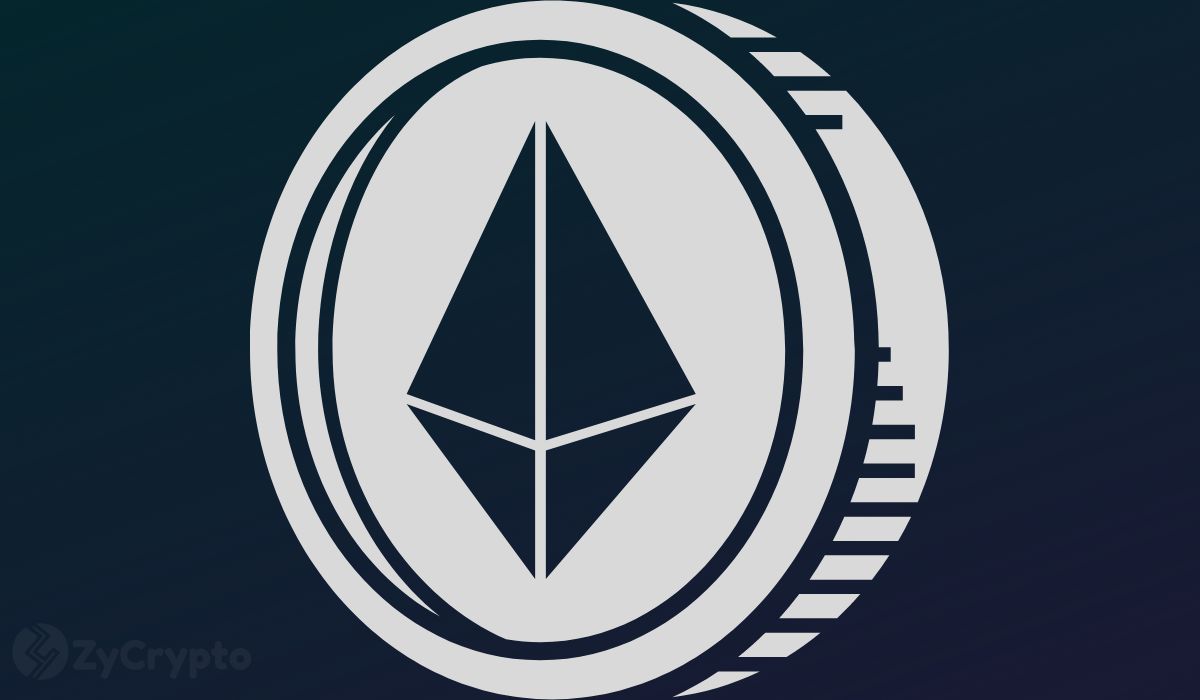Vitalik Buterin Proposes Ethereum L1 Privacy Roadmap, Here’s More

Ethereum co-founder Vitalik Buterin shared a roadmap to scale the network’s privacy without altering the consensus. The simple Layer 1 privacy plan centers on privacy and on-chain payments, network-level anonymization, RPC calls, and partial anonymization of on-chain activity. Amid growing competition, blockchain development continues to evolve toward seamless user experience.
Buterin’s Privacy Roadmap
In a new release, Buterin highlighted proposed changes to improve privacy on the Ethereum network. Though simple, the changes can be combined alongside long-term roadmap features like specific rollups. The first step will integrate privacy tools like Railgun Pools into wallets.
This allows all wallets to have a shielded balance rather than creating a separate privacy address. He explained that the “send from shielded balance” option will be available by default for a better user experience.
Secondly, the network needs to integrate a send-to-self privacy mechanism and pivot the ecosystem to a “one address per application” approach. Implementing one address per application will remove public links in several apps. This might become inconvenient, but as Buterin noted, it is a necessary bullet to bite.
FOCIL and EIP-7701 are also important to the roadmap because they permit protocols like Tornado to function without relays, improving censorship resistance and aiding privacy-preserving transactions. Furthermore, TEEs will be replaced with PIR (Private Information Retrieval). The latter offers cryptographic guarantees much stronger than TEEs. The network plans to make it large for datasets alongside a hybrid approach.
“At the end of this, we will have a world where: A large portion of sends are private, and private sends are default in many cases. Activity inside of each individual application is public, but the link between your activity in application A and your activity in application B is private. Privacy guarantees hold not just against adversaries passively observing the chain, but also adversaries operating RPC nodes,” the proposed read.
Ethereum’s Network Activity Drops
Efforts to innovate and boost user experience come as the network faces challenges from other layer 1 blockchains. The network’s high gas fees and previous congestions paved the way for newer scalable blockchains.
In the last 30 days, Ethereum’s Unique Active Wallet’s decentralized application usage plummeted 33%. Although DeFi adoption hit a brick wall last month, other networks, such as Solana, recorded a lesser 16% decline in March. Ethereum’s transaction volume also slipped following the wider crypto market correction.
Read More

Vitalik Buterin Says Rise of AI Means Need for Crypto Privacy Can No Longer Be Ignored – Here’s Why
Vitalik Buterin Proposes Ethereum L1 Privacy Roadmap, Here’s More

Ethereum co-founder Vitalik Buterin shared a roadmap to scale the network’s privacy without altering the consensus. The simple Layer 1 privacy plan centers on privacy and on-chain payments, network-level anonymization, RPC calls, and partial anonymization of on-chain activity. Amid growing competition, blockchain development continues to evolve toward seamless user experience.
Buterin’s Privacy Roadmap
In a new release, Buterin highlighted proposed changes to improve privacy on the Ethereum network. Though simple, the changes can be combined alongside long-term roadmap features like specific rollups. The first step will integrate privacy tools like Railgun Pools into wallets.
This allows all wallets to have a shielded balance rather than creating a separate privacy address. He explained that the “send from shielded balance” option will be available by default for a better user experience.
Secondly, the network needs to integrate a send-to-self privacy mechanism and pivot the ecosystem to a “one address per application” approach. Implementing one address per application will remove public links in several apps. This might become inconvenient, but as Buterin noted, it is a necessary bullet to bite.
FOCIL and EIP-7701 are also important to the roadmap because they permit protocols like Tornado to function without relays, improving censorship resistance and aiding privacy-preserving transactions. Furthermore, TEEs will be replaced with PIR (Private Information Retrieval). The latter offers cryptographic guarantees much stronger than TEEs. The network plans to make it large for datasets alongside a hybrid approach.
“At the end of this, we will have a world where: A large portion of sends are private, and private sends are default in many cases. Activity inside of each individual application is public, but the link between your activity in application A and your activity in application B is private. Privacy guarantees hold not just against adversaries passively observing the chain, but also adversaries operating RPC nodes,” the proposed read.
Ethereum’s Network Activity Drops
Efforts to innovate and boost user experience come as the network faces challenges from other layer 1 blockchains. The network’s high gas fees and previous congestions paved the way for newer scalable blockchains.
In the last 30 days, Ethereum’s Unique Active Wallet’s decentralized application usage plummeted 33%. Although DeFi adoption hit a brick wall last month, other networks, such as Solana, recorded a lesser 16% decline in March. Ethereum’s transaction volume also slipped following the wider crypto market correction.
Read More

